Revive regions by providing services before migrants arrive
The ‘grab them, dump them’ approach to regional migration is neither good for the nation nor the people we welcome to Australia
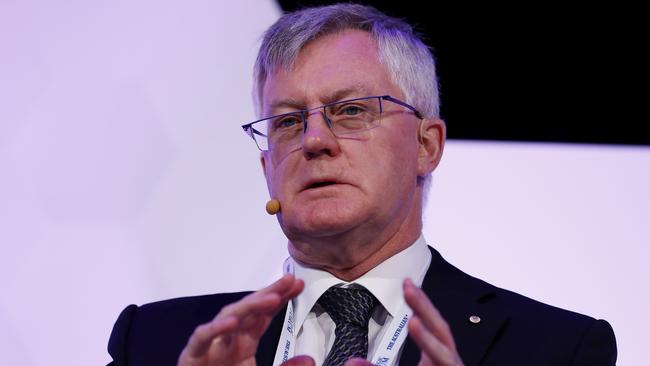
Australia’s regional migration program is failing abysmally, Canberra’s former top public servant has warned, with migrants ultimately shunning the non-urban places they’ve been “dumped” in.
Martin Parkinson, who led the migration review for the Albanese government, says if you want to make the regions “a magnet for population growth”, and ease the strain on our cities, governments at all levels and businesses have got to make them more attractive through the provision of better housing, transport, broadband, financial services and jobs.
Dr Parkinson, who delivered the review to Home Affairs Minister Clare O’Neil in March, said the expert panel identified a catalogue of interrelated defects in a cumbersome, inconsistent and outdated migration system.
“This is a 10-year rebuild,” said the former secretary of the departments of Prime Minister and Cabinet and Treasury. “This is not something that you can do quickly because it is so badly broken.”
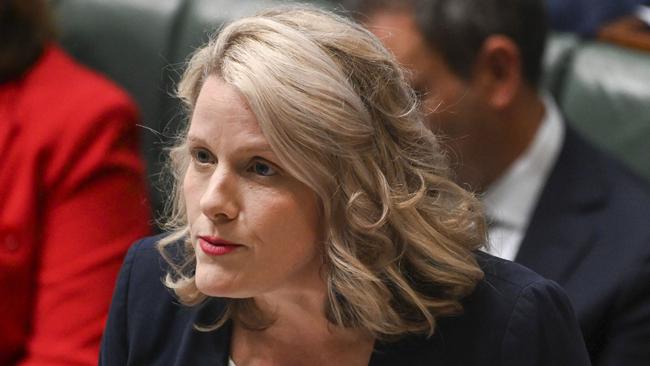
It is understood Ms O’Neil will release within weeks the government’s migration strategy, amid a record surge of foreign students and temporary workers that is supporting consumer spending but putting pressure on housing and inflation in a way that could see the Reserve Bank raise its cash rate at its next meeting.
Dr Parkinson, who is chancellor of Macquarie University, told a forum hosted by its business school the panel was struck by the “overwhelming absence of success” of the regional migration program.
“Why? You take migrants and you dump them into the regions and, lo and behold, they find the regions absolutely unattractive for the same reasons that Australians do who go to the regions,” he said.
“Think about in our lifetime, from the 1980s, what have we done for the regions? We’ve ripped out service provision from them.
“If we’re really serious we’ve got to make sure we’ve got appropriate transport connectivity, digital connectivity, housing that’s affordable, decent education and decent services – and not just government services, federal state and local, but also there’s got be an expectation that banks, Australia Post and others are also providing a service.
“At the moment, we’ve got this ‘grab them dump them’ (approach to migrants), and we wonder why they end up coming to the cities like Australians do.”
Western Sydney University chancellor Jennifer Westacott told the forum that developing regional Australia would inevitably involve picking winners.
“We have to develop regional Australia,” said the former chief executive of the Business Council of Australia.
“That is unfortunately going to be about picking some places … that have the most potential for economic advancement.
“Unfortunately not everyone can be on that list. You have to have that hub-and-spoke model.
“Governments don’t like doing that and they don’t like staying the course with things.”
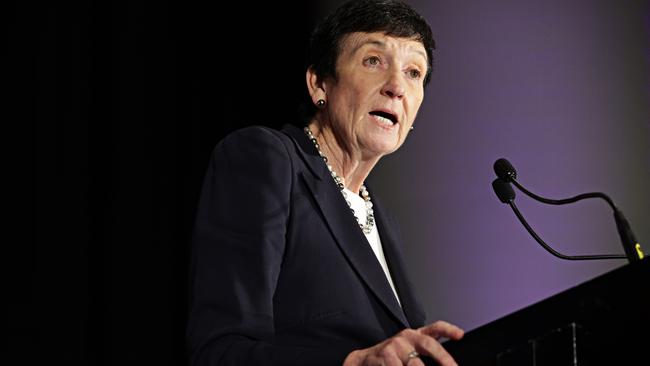
Ms Westacott said reform would require a 30-year infrastructure compact to make it attractive for industry to establish itself in a hub “so that the whole ecosystem of jobs is there”.
“We’ve got to stay the course, give the community confidence, get the planning done, get things to happen because, as Martin says, people won’t go.
“When I got to Toowoomba and Ballarat and Geelong, people say they want more people but they say we can’t attract them because we haven‘t got the land rezoned, we haven’t got the housing and we haven’t got the jobs.
“We have got to get serious about some decent planning in Australia for these issues”.
Ms Westacott, who was once the top bureaucrat for housing in Victoria and planning in NSW, bemoaned the nation’s lack of housing innovation and poor land zoning systems.
Failures here, she says, have seen migrants scapegoated for the current housing crisis.
The non-profit Regional Australia Institute said recruiting staff and housing were the clear areas of weakness in a survey of liveability published last month.
“They are the ‘Achilles heel’ in the growth of regional Australia,” the institute said.
A report last year by Infrastructure Australia on service gaps in 48 regions, found the five most common priorities for communities are: availability, diversity and affordability of housing; water security; mobile and broadband connectivity; access to further education and skills training; and connectivity through transport networks.
The expert panel said regional development is a whole-of-government issue that can only be addressed in small part by migration, despite a number of targeted visa programs, which have run since 1994, to attract foreigners to depopulated areas.
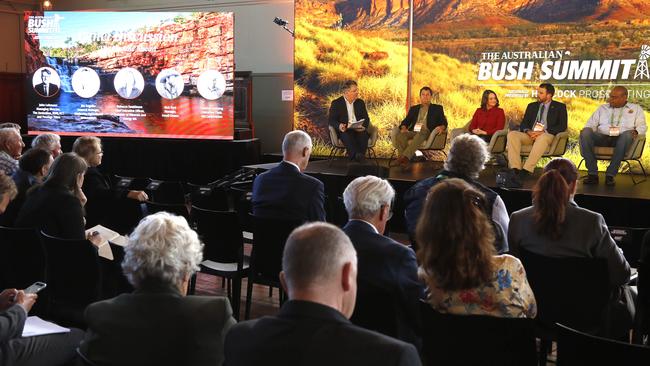
The review said one reform direction could be to link the number of migration places open to any state or territory to specific regional economic and community development plans.
“Such plans could highlight how and when housing, infrastructure and services will be provided to support the existing community and proposed migration flows,” it said.
As well, the panel said “the complicated and frequently changing definition of ‘regional’ used for migration purposes is also a source of criticism and confusion”.
“Responding to pressure from state and territory governments and other stakeholders seeking access to concessional arrangements, the definition now encompasses all of Australia with the exception of the three major metropolitan centres,” the review said.
Last year, 34,000 skilled migrants settled in regional Australia.
Ms O’Neil has said the government is ready to work with States and Territories on regional migration “in a cohesive manner that will provide proper support to new entrants”.
Regional migrants are required to live and work in a designated area for three years before becoming eligible for permanent residence.
Census data shows 86 per cent of recently arrived migrants live in capital cities.
The review found when migrants choose to settle in a regional area, “their labour market outcomes are sound and only a minority (about 25 per cent) move to a capital city area within five years of arrival”.
OECD research for Treasury’s latest Intergenerational Report found that between 2011 and 2018, a 10 per cent increase in the share of the overseas-born population in an area increased the labour productivity of Australian-born workers in that area by 1.3 per cent
As well, the study said a one percentage point annual increase in the migrant inflow to an area relative to its population increased Australian-born employment in that area by 0.53 per cent.
During the pandemic, regional Australia experienced a resurgence as younger people remained at home and urban dwellers escaped locked-down capitals.
Post-Covid, “net moves” to the regions have fallen but are above levels before the crisis.
According to the Australian Bureau of Statistics the number of capital city residents moving to regions fell to its lowest value for a March quarter since 2015, but this was largely offset by a similar fall in the number of departures from regions to the capitals.


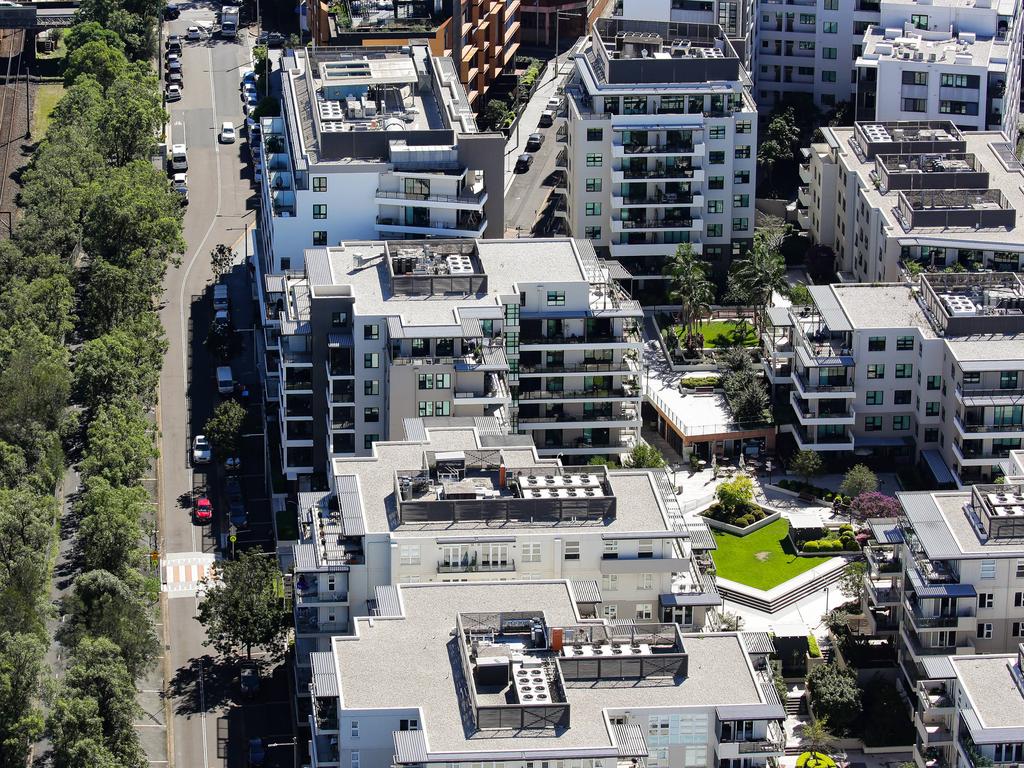
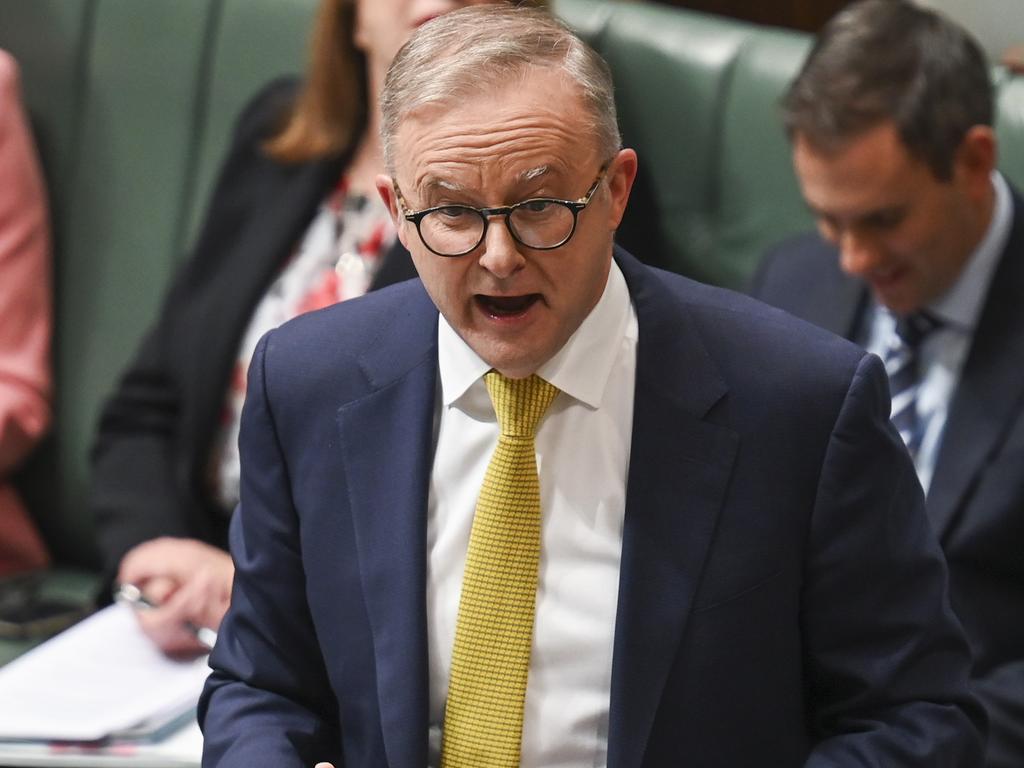



To join the conversation, please log in. Don't have an account? Register
Join the conversation, you are commenting as Logout